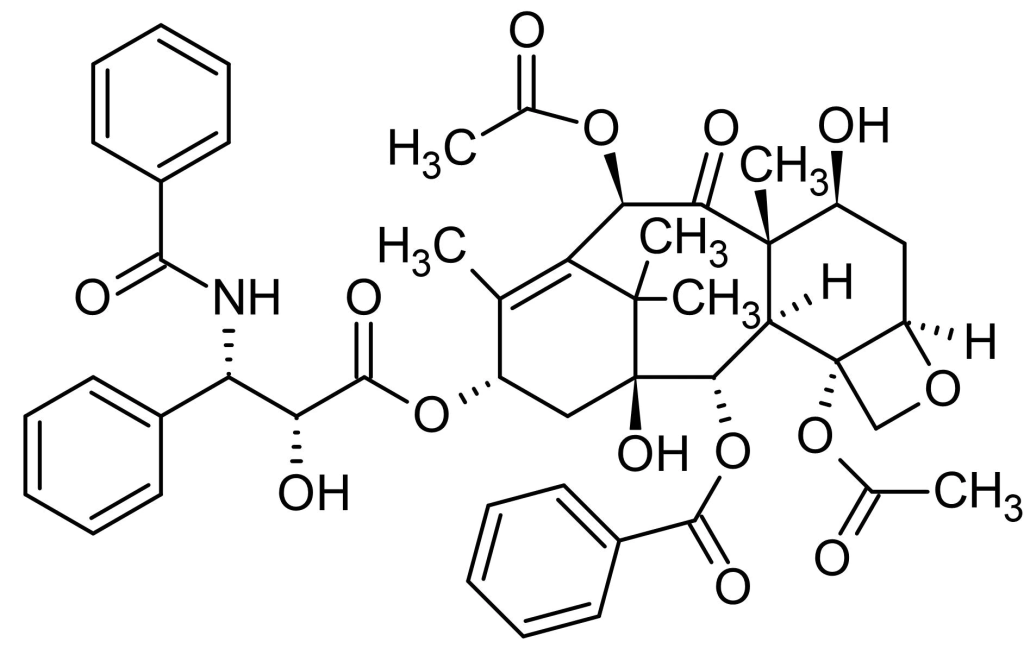Paclitaxel: A Natural Anti-Cancer Drug From Sequoia!


Paclitaxel, the first chemotherapeutic drug derived from a natural plant, is still one of the common drugs used in oncology chemotherapy.
When it comes to paclitaxel, we have to mention the ancient tree species from the Quaternary glacial period left behind: the redbud. Paclitaxel was originally extracted from the bark and branches of the redbud. So, what kind of story is this?
Ever since the first chemotherapy drug, nitrogen mustard, discovered from mustard gas during World War II, came on the market, scientists have not stopped searching for new anti-tumor drugs. One of them, the National Cancer Institute (NCI), entered into a partnership with the U.S. Department of Agriculture after World War II to work together to find new anti-cancer drugs. The USDA sent researchers to find samples, and the NCI was responsible for testing them.
A botanist from the USDA found a redbud while collecting samples, but he did not pay attention to it at first, so he routinely collected samples of the branches, bark and fruit of the redbud and sent them to the USDA to NCI.
The NCI chemist purified a substance with anticancer activity from the red fir sample, which was named paclitaxel because it contained hydroxyl groups and was extracted from the red fir (also known as yew). At the same time, researchers found that paclitaxel could stabilize and enhance the polymerization of microtubule proteins, prevent the depolymerization of microtubules, arrest cells in G2-M phase, inhibit mitosis, and cause apoptosis.
Subsequent clinical studies showed that paclitaxel was highly effective in melanoma, and it was 30% effective in recurrent ovarian cancer, knowing that there were no effective drugs for recurrent ovarian cancer at that time. At that time, it made paclitaxel a star antitumor drug, and redbud became an anti-cancer herb of interest.
The battle between environmental protection and medicine

Although paclitaxel has great anti-cancer potential, the technology at that time would have required cutting down 360,000 redbud trees per year if the amount from redbud was extracted to treat melanoma and ovarian cancer throughout the United States. The redbud tree itself grows slowly and is also a habitat tree for the endangered owl, which, if cut down indiscriminately, would lead to the extinction not only of the redbud but also of the owl.
So environmentalists protested against the cutting down of redbud to extract paclitaxel, but paclitaxel as a life-saving anti-cancer drug. Whether human life or environmental protection is important became a hot topic of discussion in the community at that time.
Synthesis of paclitaxel
As a substance extracted from natural plants, the structure of paclitaxel is relatively complex, but in order to solve the problem of scarcity of raw materials, chemists from all over the world have been studying the synthesis of paclitaxel. It was not until a French chemist isolated a substance called 10-DAB from the leaves of English paclitaxel, whose structure is very similar to that of paclitaxel and its content is high, and the leaves are more regenerative than the bark and branches, and the damage to the paclitaxel tree is less.
The method of synthesizing paclitaxel from 10-DAB was finally developed through the tireless efforts of scientists, and it was no longer necessary to extract it by cutting down the paclitaxel tree. Subsequently, other chemical drugs such as docetaxel and albumin paclitaxel have been developed through structural studies of paclitaxel, bringing more therapeutic drugs to tumor patients.
Conclusion
Paclitaxel is a gift from nature, and people have made efforts to protect nature and find a better solution in treating diseases and environmental protection, thanks to the scientists who have been working continuously, and hope that more drugs can be developed in the future.